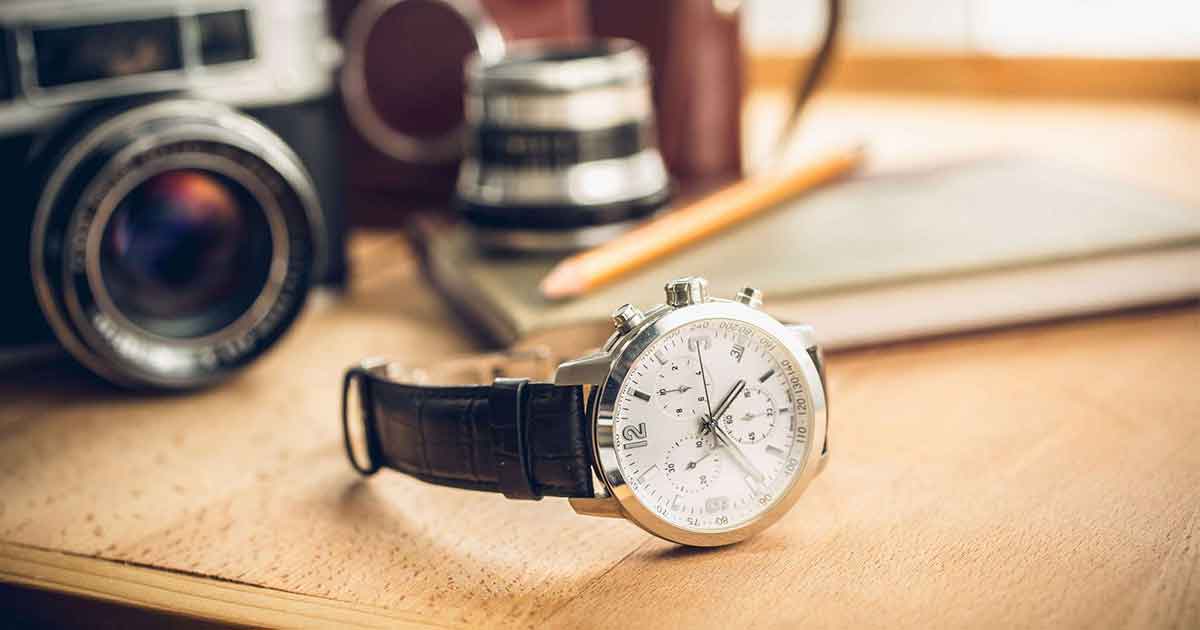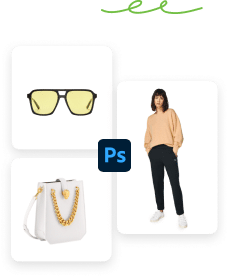Struggling to make your watches look professional? Photographing such a simple product as a watch may seem like an impossible task. And it is quite difficult for those who are new to it.
Not to worry, as we have prepared a comprehensive guide in the simplest manner possible for everyone to learn to watch photography. There are also some bonus tips to help you capture the best of the best images. Let’s begin!
What you’ll learn in this article
How to Photograph Watches
The following sections contain a step-by-step guide on how to photograph watches. Starting from camera settings to photography post processing, you will certainly get good results by following these instructions.
Choosing the Right Camera
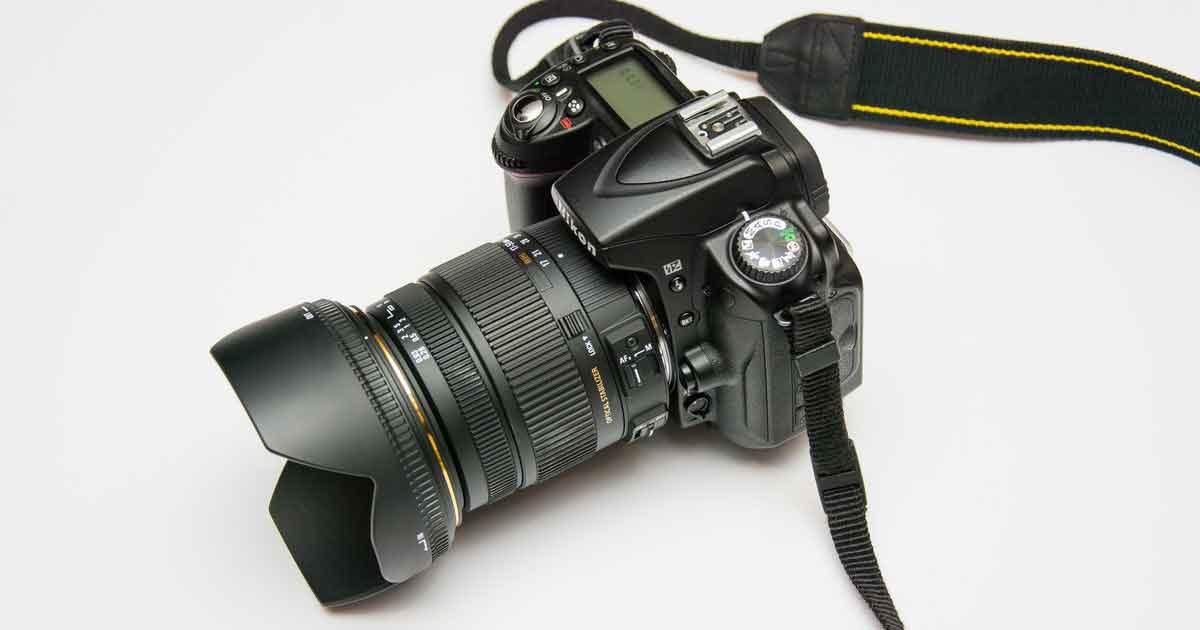
The rules for choosing a camera for watch photography and product photography are similar. You will need both a decent camera and a lens. However, both of these depend heavily on your budget.
Half your expenses for photography will be on the camera and the lens, and rightfully so. No matter how great your setup and lighting are, the camera needs to be able to capture that greatness. Otherwise, you will have an ordinary image of a brilliant watch, diminishing the value of the product.
Lens
Choosing the lens is more important than choosing the camera. A wide-angle lens will enable you to capture greater detail, but with a lot of difficulties. You’ll need to bring your camera very close to the watch which might cause shadowing or lighting restrictions. There is a risk of image distortion as well, due to wide-angle lenses making closer objects look larger.

A lens of around 52mm is a good option for a natural result. Anything too much lower or too much higher than that range is not needed for watch photographers.
Camera kits
Here are some camera and lens combinations that offer the most for a modest budget of $500-$1000. A combination of below $500 is fine but not advisable for high-definition, industry-grade watch product photography. The best camera for watch photography would ideally be a great camera overall.
- Nikon D7200 + Nikkor AF-S FX NIKKOR 50mm f/1.8G Lens (~$950)
- Sony Alpha a6000 + Sony E 55-210mm F4.5-6.3 Lens (~$900)
- Olympus OM-D E-M10 Mark II + Olympus M. Zuiko Digital ED 45mm f/1.8 Lens (~$850)
- Canon EOS Rebel T7i + EF S 18-55 millimeter f/4-56 IS STM Lens (~$750)
- Canon EOS Rebel T6 + EF-S 18-55mm f/3.5-5.6 IS II Lens (~$700)
Camera Settings for Watch Photography
Now, let us discuss the appropriate camera settings for photographing watches.
Exposure
ISO and Shutter Speed are two critical settings that will determine the exposure of your photograph. Exposure can be referred to as the “overall brightness” of the image, although it is not the same thing as brightness. Rather, it is a combination of the amount of light and color received by the camera and its lens. The goal is to achieve a balanced exposure.
ISO
A lower ISO will give you a less bright image, but a very crisp and color-accurate photo. Lower ISO will also have low image noise. Thus, keep your ISO as low as possible, within a range of 50-200 ISO. This is also a reason for a decent lighting setup; it enables you to shoot clear images at low ISO. We will discuss the lighting in a separate section below.
Shutter speed
Shutter speed isn’t too important as you will be photographing with a tripod. If you aren’t, drop everything else you’re doing and get a tripod! Using tripods for product photoshoots is critical; they ensure image stability and positioning consistency.
However, you may need to use your hands for an angular close-up shot which isn’t attainable at that moment with a tripod. Then, you should use relatively higher shutter speeds. But what would be the exact value?
In a previous post, I discussed the “golden equation” of handheld shutter speed. This means the following equation…
Shutter speed = 1 / focal length of lens
…will give you the best results.
For example, if the focal length of your lens is 50 mm, use a shutter speed of 1/50 or higher (1/60, 1/100). This will eliminate any blurriness from handheld photography.
Having too high of a shutter speed will affect the image quality. It will give your lens much less time to capture all the details in the image.
Do not reduce your shutter speed too much, as it may also overexpose the shot. It’s best to stay within a shutter speed of 2 seconds. Only use this if you are using a sturdy tripod; otherwise, the image will be blurry.
Depth of field/Aperture
Aperture directly affects the photograph’s depth of field. Depth of field is essentially the focus of the image. Adjusting the aperture adjusts what your lens focuses on, also affecting the depth of field.
Increasing the f-stop number will decrease the aperture. The smaller the aperture, the more background the lens will focus on. For example, if you use a high f-stop like an f/8, you might notice that nothing is blurred. This means your photo has a higher/deeper depth of field.
The opposite is also true. Decreasing the f-stop increases aperture, decreasing the depth of field. If you want to focus on the central portion of the image and blur everything out, decrease the f-stop number.
There aren’t any rules for aperture as it’s a complete choice of taste. A deeper depth of field might look great if you want to make the background elements visible. Close-ups may look great with a shallow(smaller) depth of field. Experiment to see which setting you like best.
Image Format
Always shoot in a RAW image format. RAW is the highest quality possible of the image. It’s completely unprocessed, making editing easier.
However, RAW files are too large and may not be supported by some cameras. If it does support it, do try to use it. Otherwise, you can resort to the JPEG format.
Tripod for Watch Photography
In the shutter speed section above, it’s abundantly clear how important a tripod is. But having just a tripod may not be enough. Your tripod should also be sturdy and easily adjustable.

Here are some of the best tripods featuring horizontal arms and durable build quality –
- ZOMEI Camera 72 Inch Tripod
- Vanguard AltaPro 263AT Aluminum Tripod
- K&F Concept TM2534T DSLR Camera Tripod
- Neewer Camera Tripod Monopod
- Horizontal Arm Professional Camera Tripod & Monopod
Whichever tripod you pick, ensure that it is decent in size, stability, features, and quality.
Watch Photography Lighting Setup
After you’ve ensured that your gear is top-notch, it’s time to set up your lighting. Lighting for watch photography is relatively easier compared to other products.
Natural Lighting
Since a watch is a very small object, it does not require a large space or highly powered lights. This is one reason why you can easily take stunning watch photographs just using natural light!
You can use the great outdoors or simply place your watch beside a window. If the light is coming from a single source, like one window, you can use a reflector on the opposite side and enhance the lighting.
A white sheet or polyboard works as a good reflector for direct sunlight. If the sunlight isn’t bright enough, using something more reflective like aluminum foil would be better.
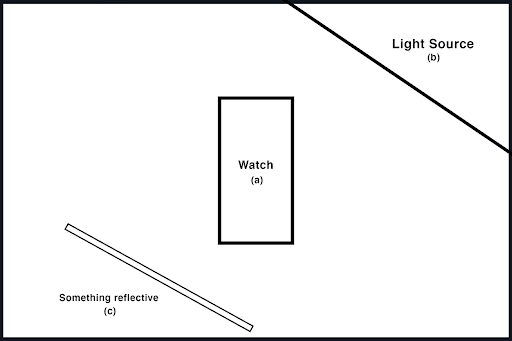
Artificial Lighting
For using artificial lighting, similar rules apply. It’s best to use two light sources or one light source and a reflector. Do keep in mind that the lighting also depends on the type of image that you plan to capture.
If you want to add some “mood” to your photo with some shadows, using only one light source may give that effect. If you want an evenly lit photo, using 2 light sources along with reflectors is best- one as a key light, the other as a fill light, and reflectors for filling in darker areas.
Reflections
While lighting, you will run into issues with reflections. A watch contains reflective parts, most notably the watch’s screen. This reflection may seem pleasant for certain shots, and may not seem so for other shots.
Avoiding the reflection is as simple as tilting the camera to a different angle. This will reduce the reflection to an amount where the reflection is pleasurable.
However, in cases where you still may need to reduce the reflection further, using diffusers on your light sources will greatly cut off the glare. It will soften the light to a point where it doesn’t reflect beams harshly off the watch, as done quite often in watch photography.
Prepare the Watch for Photography
Everything is nearly complete. It’s time to prep your product. You must clean your watch spotless before you capture the image. Even minuscule lint or dust particles will be immediately picked up by the camera’s sensor.
Using gloves is a good idea as they will help prevent fingerprints and smudges. And of course, there is no question that your watch must be brand new, or at least in a fresh condition.
Getting a Quality Shot
Now that you have a great watch photography setup, it’s time to capture your images. One of the things that most photographers take for granted is the background. Any product photo must have a compositional background.
A compositional background means that the background must help create a composition for the entire photo. Using any random background may not always provide the best results.
For example, if the colors and props in your background contrast the watch too sharply, it may take the focus away from the main product.
Keeping a simple approach is best. Do not overload your background with colors or elements. Ideally, the focus should be on the watch and all its properties.
Thus, use backgrounds that complement the color of the strap or lug. If your watch has a light brown strap, using a white background may not provide the best results. Instead, use a lighter background like white or cream.
Finally, start shooting! The only way to get better photos is by taking them. Once you start, you will understand better how to photograph watches in the best possible manner.
Post-Processing
Hopefully, you will be able to create stunning images, and then move on to post-processing. Never skip image post-production, no matter how great your photographs are.
Why? Because post-processing will ensure all reflections, shadows, color balance, exposure balance are perfect. It will also ensure that the watch looks as realistic as possible. Realism is incredibly important, as 22% of product returns occur because the product looks different in person.
Additionally, every spot in your image will be cleaned up with spot healing and editing services. A photograph cannot simply look professional without post-production.
You can hire photo editing firms for professional post-processing in large quantities. These firms have highly skilled designers and editors who do post-processing work in bulk quantities. Using the help of a separate company will help you save more time and capture more photographs.
Five Tips for Watch Photography
Now that you have learned the complete guide including setup, lighting, and everything in between, these tips will help to take your watch photography skills to a completely different level!
Using Props
There are no limitations to props. You can use anything in hand, as long as it helps create a composition- balls, rings, clothes, tiles, anything and everything you can find. Props can be a great tool if used wisely.
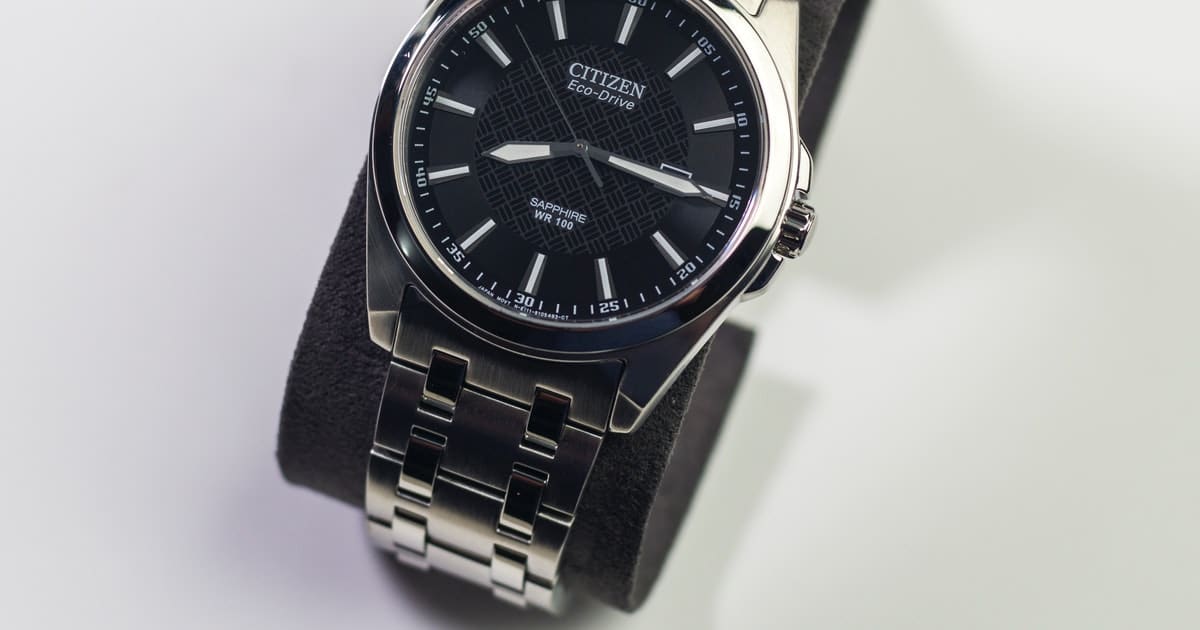
Set the Time
Why would the time of the watch matter when you’re taking a photo? A lot of watch photographers set the time around the 10:10:35 mark. This is because it provides an underline for the manufacturer’s name and logo.
However, this is not a fixed rule. It depends on the type of shot you plan to take. Experiment with different timings; just keep in mind that it shouldn’t overlap the logo. If a dial hides the logo, it defeats the entire purpose of shooting watches.
Taking Macro Shots
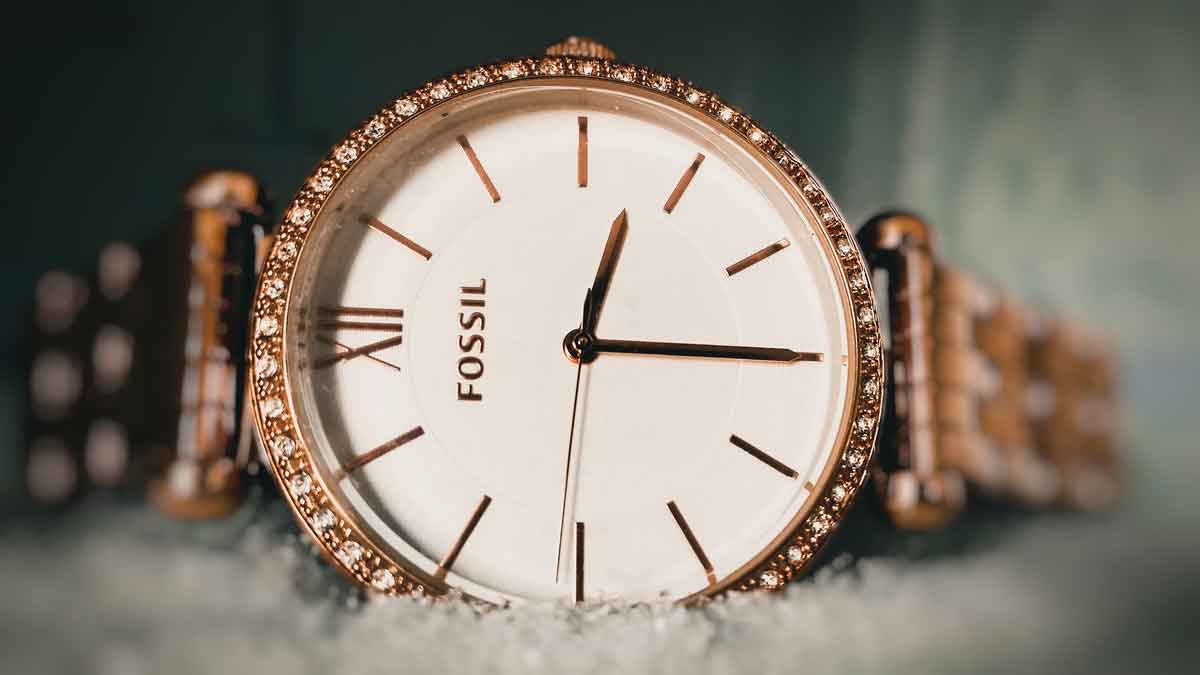
Using highly zoomed-in shots to highlight the beauty of a watch’s inner components is a trait of luxury watch photography. This really makes your watch stand out from the competition. It shows that you’re not afraid to hide even the tiniest details. However, this requires you to use a high-quality macro lens. Plus, not all watches will look good in macro.
Once again, experiment with this tip, and more often than not, you will bear good results.
Staging
Place your watch on a sandy beach and use a beach ball as a prop. It may sound crazy but this stages your watch as a durable product.
Staging your watch to make a statement can speak more than the image quality itself. Your purpose may not even be to make a statement but simply to provide a stage for your product. Starting from props, using multiple watches, and everything in combination, don’t be afraid to stage your product.
Creative watch photography is more in demand by e-commerce sellers, as it promotes the uniqueness of the watch. Hence, be creative!
Wrist Shots
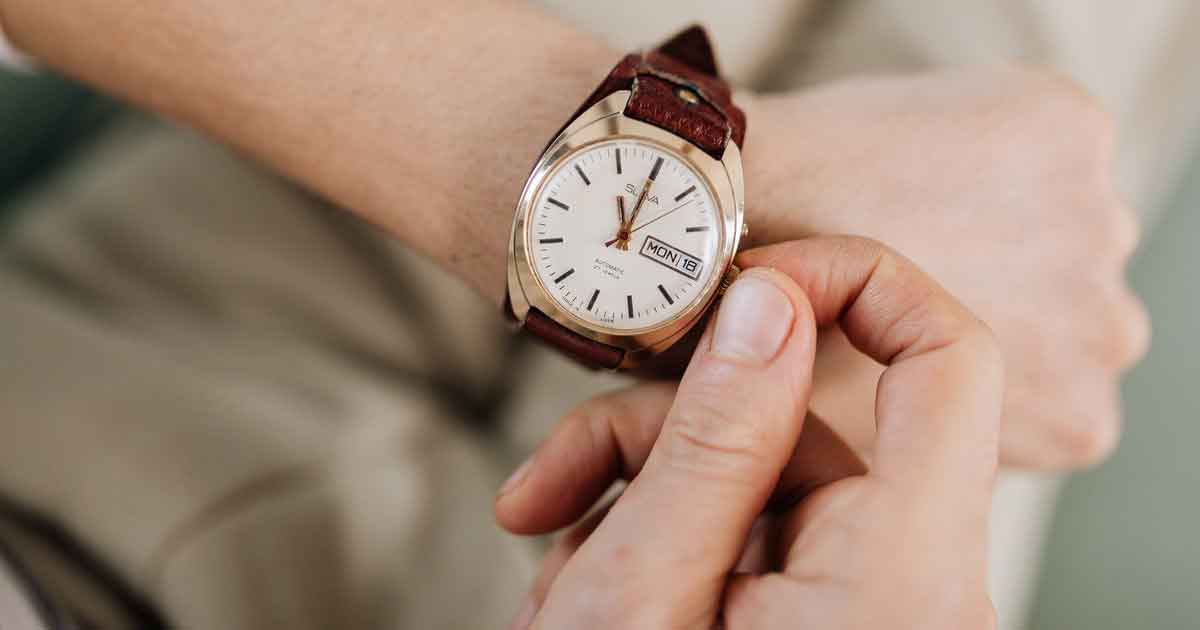
Wrist shots help consumers identify with the watch. Everyone knows it’s a product, but how would it look worn? You can use your own hands or ask someone else to put it on and take an image.
However, just because you’re using it to help consumers relate doesn’t mean it should be unprofessional. The lighting, clothing you’re wearing all should look great. For example, you can use a tuxedo sleeve to emphasize a formal watch. You can use a denim shirt to emphasize a casual one.
Wrist watch photography is becoming more common as a way to humanize products.
Final Thoughts
It’s funny how there can be so many steps to photographing one watch, isn’t it? Well, if you follow these steps, you can be sure that your photograph will turn out like anything you ever imagined.
90% of online buyers say that photo quality is the most important factor in an online sale, making professional photography crucial for watches photoshoot. Good luck with all your watch photography endeavors!
